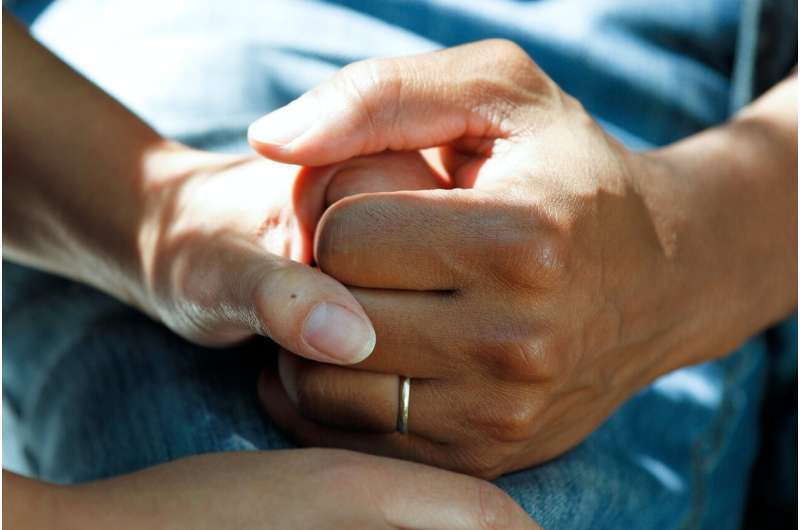Early-warning alerts for acute kidney injury fail to reduce patient risks


Electronic alert systems created to provide an early warning of acute kidney injury (AKI) in hospitalized patients have no effect on a patient’s risk of death and may even lead to worse patient outcomes, according to a new study by Yale researchers.
The study, led by Dr. F. Perry Wilson, appears in the Jan. 16 edition of the British Medical Journal.
“The prevailing wisdom was that these alerts could only benefit patients,” said Wilson. “But after our study, the safest conclusion is that we can’t provide any evidence that these alerts are beneficial.”
Acute kidney injury is an abrupt decline in the kidney’s filtration function that is found in 15% of hospitalized patients and increases a patient’s likelihood of death ten-fold. Despite this, AKI is not well tracked or consistently treated, researchers say.
Many health systems have adopted a system that delivers an automated alert in the patient’s electronic health record when laboratory results indicate AKI—specifically, a rapid rise in creatinine, a chemical waste product produced by the muscles, in the blood.
The problem, said Wilson, associate professor of medicine and director of Yale’s Clinical and Translational Research Accelerator, is that there is limited data on whether the alerts improve patient outcomes.
Wilson and others examined patients across six Yale-affiliated hospitals—four teaching and two non-teaching—located in both rural and urban settings. They looked at 6,030 adult inpatients with AKI, measuring AKI progression and whether patients required dialysis or died within 14 days.
While all had AKI, for the study only half of these patients’ providers received a pop-up alert; for the other half the alert function was switched off. The researchers found that the alert, when present, led to modest changes in provider behavior—including additional urinalysis tests, more creatinine measurement, and increased documentation of the patients’ AKI—but did not make a difference in clinical outcomes. These patients were just as likely to have worsening AKI-related conditions, require dialysis, or die.
Even more alarming, the researchers found that for the two non-teaching hospitals, health outcomes for patients whose records included an AKI alert were actually worse than for those who didn’t, with significantly higher death rates among the patients receiving the alert (15.6% in the alert group compared with 8.6% in the usual care group), suggesting evidence of harm.
“What our study says is that we need to go back to the drawing board to find out what’s not working,” said Wilson. “We need to look more closely at provider behaviors. Are they giving too much IV fluid? Are they getting distracted? We don’t have one clear culprit to explain the bad outcomes.”
This study, said Wilson, points to the importance of evaluating standard clinical practice, and using data to drive processes. “It was Yale’s commitment to robust research methods that led us to discover this potential issue which has wide-ranging consequences,” he said. “Most health systems wouldn’t systematically test these things.”
Source: Read Full Article




